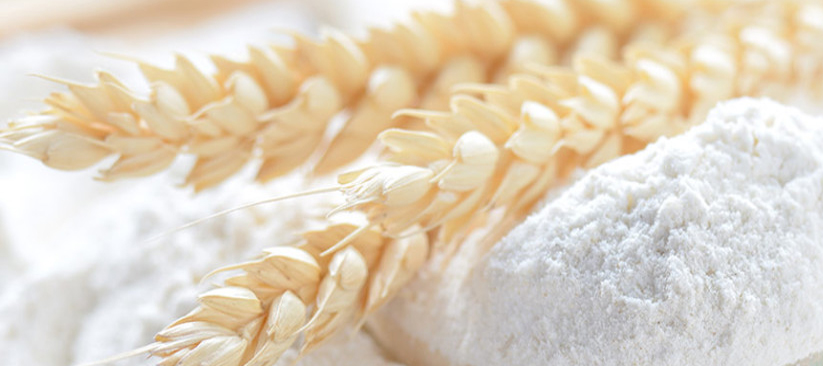How To Start a Flour Milling Business?
India is the second largest producer of wheat in the world. What a delight it is to gorge on a succulent soft chappati, or bite onto a perfectly made biscuit made of high quality wheat. In India, the flour milling had been done with traditional machines.
In the past, people used to buy or produce wheat grains and then took it to a milling shop to get the flour. But it was replaced with packet “Atta” packed and sealed by big companies. However, today people have started realizing the health benefits of freshly milled flour and have started to opt for the same. In this way, one can say that there is an upcoming market for fresh and hygienic flour which will ultimately improve people’s health. If you too want to venture into this profitable business, here are the steps to guide your steps towards it.
1. Financial and Legal Procedures First
To start a flour milling business, there are some things to be kept in mind. The first and foremost thing is the capital. Before thinking of opening any sort of business, you must have sufficient capital in your hand. However, it is only after obtaining the desired licenses; you can start investing in the flour milling machines. Milling machines, today, can cost you anywhere from 2 lakhs to set your basic milling machine. Add to that the cost of the space, other machinery life sifters, magnetic separators, water and electricity charges, as well as staff charges.
Don’t forget to insure every aspect of your business—the machines, workers, place etc. also, take the copyright to your business name so that it is protected. Make sure you have fulfilled each and every legal requirement.
2. Know Your Product Inside Out
You must have knowledge of the different types of wheats and millets, how to grade wheat, how to combine it with other grades of wheat to produce the perfect quality for making breads, biscuits, chappatis, pasta etc. The kind of wheat milled determines whether it will be ultimately used for making the aforementioned edibles. To venture into this business, one must have sound knowledge of the milling process and the various steps involved.
3. Be Innovative and Flexible
Make an analysis of the market and to understand what kind of wheat you want to mill and/or sell; or if you want to mill rice and millets too; or whether you would like to keep it as a flour milling facility where people will come with their own rice/wheat/millet and have it ground in your facility. Another innovative thing you can try out is to ground three or five types of grains together for better taste and health. For example one can combine Whole Wheat, Oats, Maize, Ragi, Chana Dal, Soya Bean together for an ultimate taste experience.
4. Package Your Product Well
If you are selling your milled flour to traders and suppliers, it would be advisable to invest in a good processing facility where you would bag your own flour. Alternatively, you may get it packaged at a licensed food packaging unit.
5. Use Modern-Day Advertising and Marketing
In olden days, one could find a miller in every street and he did not require much advertising as he had access to all the local clients. Today, however, the miller should be a little more creative and try his hands at getting online acquaintances by promoting his business on Facebook and sites such as eBay or Homeshop18, naaptol.com etc. One could also advertise through flyers and banners and offer inaugural/festive discounts for the promotion of the store.
Contact our Business consultants for more about How To Start a Flour Milling Business.














Enjoyed looking at this, very good stuff, thanks .
I truly appreciate this article post. Thanks Again.
It’s actually a great post. I am sure that anyone would like to visit it again and again. After reading this post I got some very unique information that is in actuality very helpful for anyone. This is a post experiencing some crucial information. I wish that in future such posting should go on.
Many thanks pertaining to spreading that great subject material on your web site. I discovered it on the internet. I am going to check to come back once you post extra aricles.
Greetings from Ourbusinessladder!
Thanks for your comment.
Hey, this is a great site. I’m forever on the lookout for sites resembling this. Carry on the nice effort!
Greetings from Ourbusinessladder!
Thanks for your comment.